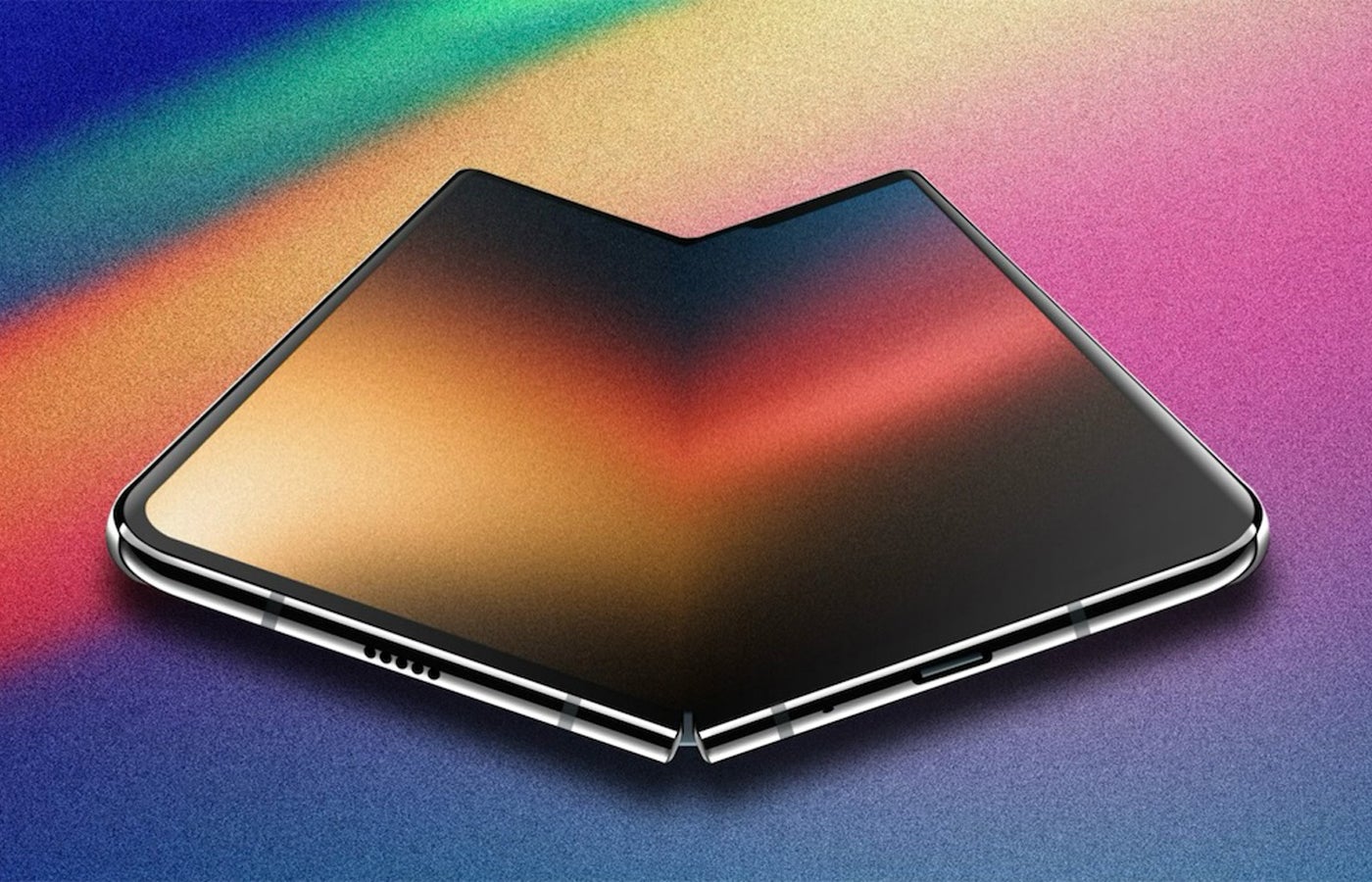
Source: Ming-Chi Kuo
The folding iPhone will cost $2,500, lack Face ID, and won’t arrive until 2027, but tech analyst Ming-Chi Kuo says it will accomplish what Samsung and Google couldn’t: eliminate the dreaded display crease.
That crease has plagued every foldable phone since Samsung first introduced the category in 2019. Most consumers have learned to tolerate the imperfection, but Apple apparently refuses to compromise.
The book-style foldable will transform from a standard 5.5-inch smartphone to a tablet-like 7.8-inch display. When closed, it’ll measure roughly 9mm thick — chunkier than current iPhones and the rumored iPhone Air but thinner than most competing foldables.
The device will cost between $2,000 and $2,500, positioning it as Apple’s most premium smartphone offering. Despite this steep price, Kuo believes the phone will generate “strong replacement demand” among Apple’s loyal customers.
Touch ID will make a surprising comeback, integrated into the power button like the iPad mini. Face ID won’t make the cut due to space constraints in the ultra-thin unfolded profile of just 4.5mm.
Construction will use a stainless steel and titanium alloy hinge with titanium alloy casing. Camera specs include dual rear lenses and a front camera accessible in both folded and unfolded states.
The device is being positioned as “a true AI-driven phone,” according to Kuo, with the larger unfolded display enhancing multitasking capabilities. Apple envisions scenarios where users could simultaneously chat with an artificial intelligence (AI) assistant about travel plans while viewing a full map.
Kuo’s reported timeline reveals the painstaking development process. Engineers will complete specifications by mid-2025, kick-off full production development by fall 2025, and begin manufacturing in late 2026.
Production challenges mean limited initial availability. Apple expects to ship between 3-5 million units initially, potentially ramping to 20 million annually once the second generation arrives in late 2027.
The question remains whether consumers will pay $2,500 for what essentially combines an iPhone and iPad mini. Yet if Apple delivers a truly crease-free folding display, the innovation might justify the premium for those willing to wait until 2027.




















